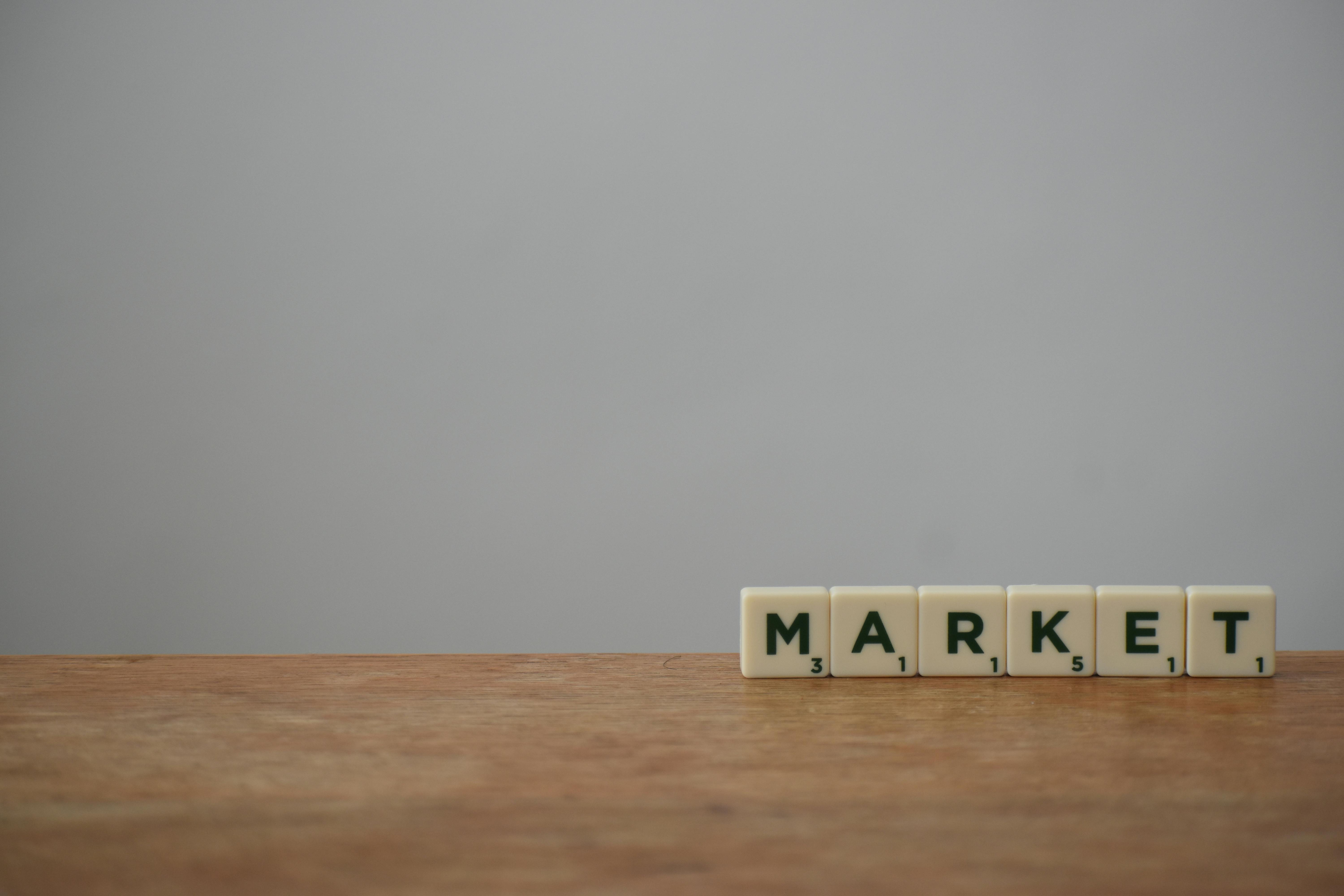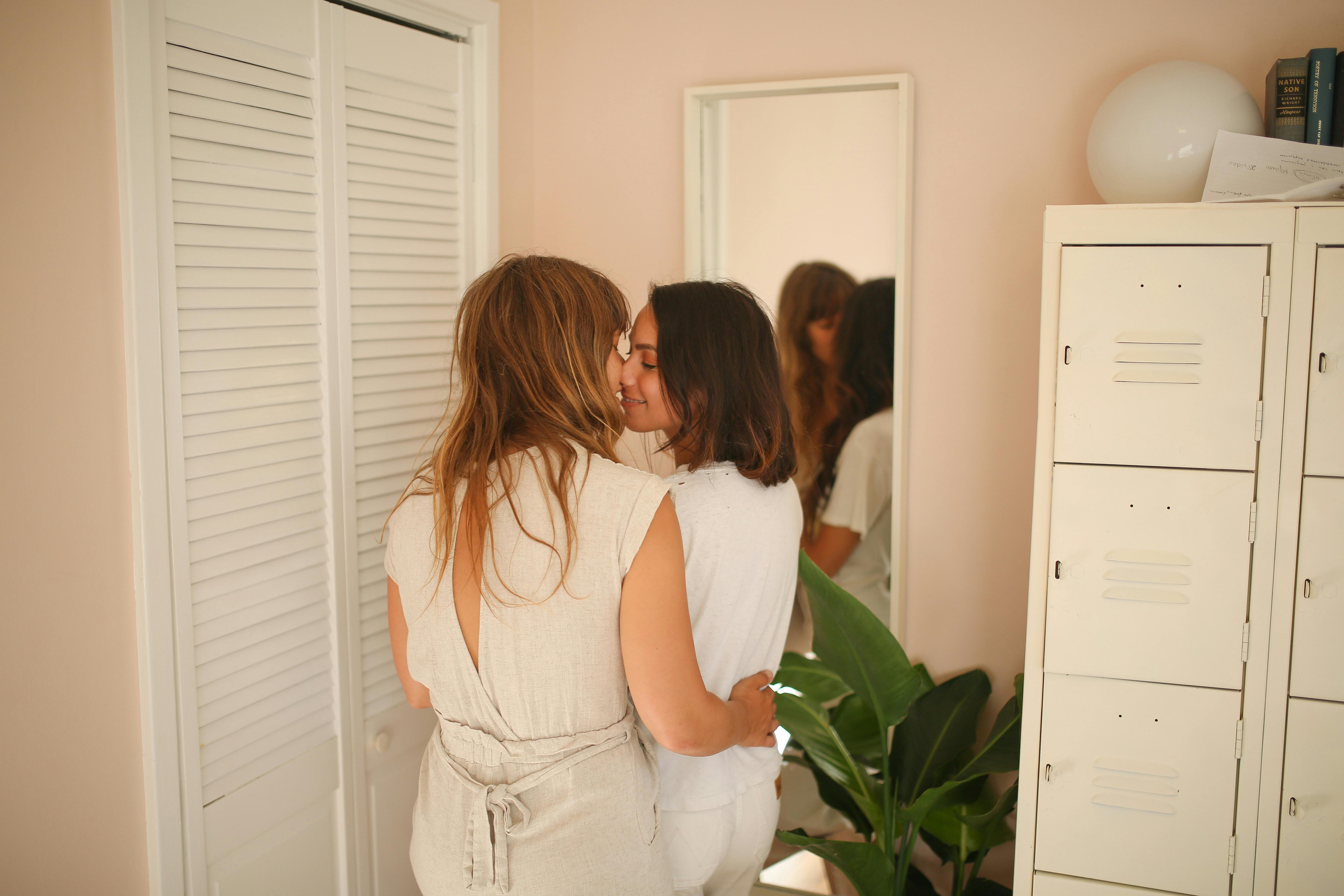Uli is an expression of people’s creative design ability, which is firmly rooted in their myths and life experience in the past, present and future. At its best, it is an expression of his synthetic present, the epic of his search for a new order in the contemporary world. It is my traditional art style, which I have fallen in love with again and it is a privilege to share uli with you in my works. Knowledge of uli motifs and symbols and their application have been shown to enable the identification of traditional Igbo artifacts, validating people’s intelligence and aesthetic judgement. This culture is one of the earliest known cultures in the world on recorded archaeological facts to have cast bronze. (Igboukwu bronze).
Uli’s symbols can be said to show graphically how organic forms grow outward from the center of those elements to the point, line, triangle, square, and circle that are universal to the concentric circle at the periphery, which contains reflections of the everyday world seen by the artists, the artists. Just as the inner circle reflects the rare reality or ritual reality of cultural existence, so the outer circle is in touch with, and expresses, the human and ecological reality.
Artistic activities in Enugu were part of the early post-1960 independence developments in the country. There was a growing local and international popularity of Nigerian novelists, playwrights, poets, literary critics, architects, artists, musicians and academics. Interesting collaborations took place between those in literary performance and the visual arts, particularly in southern Nigeria. The efforts and artistic lives of these minds sowed a flourishing seed for a rare global harvest. I thank God for these great minds, their outstanding contributions will not be forgotten.
Uli’s creations relied heavily on drawing skills whose content draws heavily on Igbo culture, particularly the female body and wall painting called uli, and on Igbo tales, ceremonies and beliefs. The revival of interest in uli through contemporary art had begun with Uche Okeke in the 1960s, when Nigeria’s independence brought about a growing sense of freedom from colonial restrictions on cultural tradition. It fully developed among faculty and students in the 1970s at Nsukka University and was linked to the renewed interest in Igbo culture after the destructive Biafran War.
Traditional uli motifs, now rarely painted on human bodies or walls, have a strong, often curvilinear, linear quality. The art makes use of the contrasts between positive and negative space, its images sometimes appearing as constellations in the sky. Uli’s lyrical qualities express harmony and brevity. It is a style of art that has often been created in freedom and spontaneity. “Uli is a heritage of pride.” Uli’s motifs generally refer to images from everyday Igbo life, agricultural and cooking tools, pots, plants, birds, animals, the sun, the moon and the kola nut, although some are pure design. For ceremonial occasions and important events, skilled Igbo female artists painted uli to add beauty to the human body and the walls of buildings and enclosures. Uli has made his way into modern social settings; on sculptural surfaces and on paper, cardboard and canvas, framed and hung on the walls of homes, institutions and galleries around the world.
The magic of Uli Lines, which is an extended point or a moving point, has many possibilities, in particular, that of drawing quickly. My drawing explores the evocative and lyrical possibilities of the line and derivatives of Uli. Uli’s artist works spontaneously either on the human body or on the wall. It’s not about erasing or cleaning. There is something spontaneously executed about the work, an impressive vitality and freshness that defies description or repetition.
An analysis of Igbo drawing and painting reveals that space, line pattern, brevity and spontaneity seem to be the pillars on which the rich tradition and heritage rests. It is these unique qualities that I strive, both intuitively and intellectually, to assimilate into my work. Intuitively, because during my years of studying and observing Igbo sculpture, drawing and painting, various design aspects and recurring motifs have been internalized into my system and inevitably emerge unconsciously in the course of executing my aesthetic challenges. It is perhaps unnecessary to add that great works of art are the result of the harmonious marriage of intellect and intuition.


